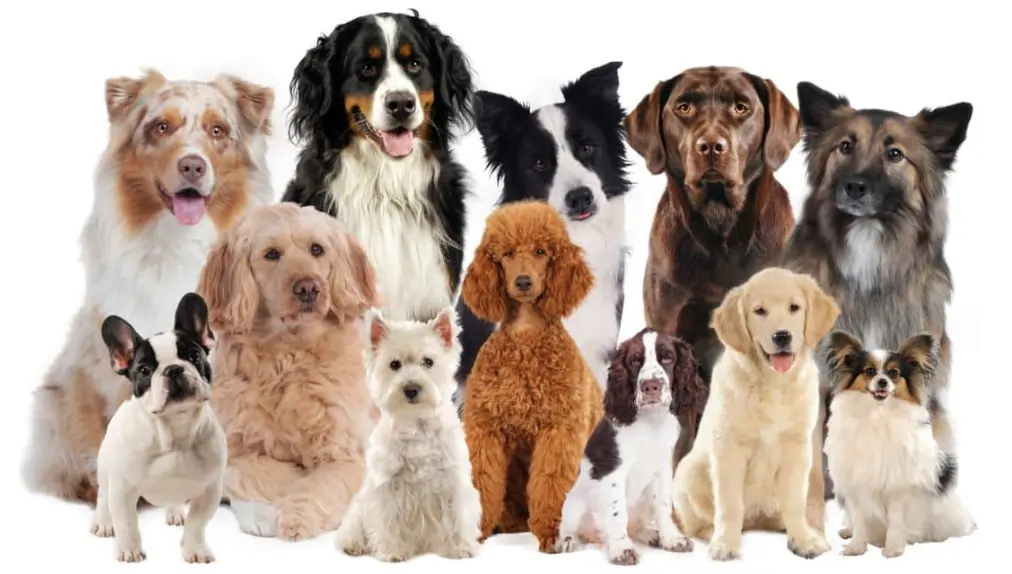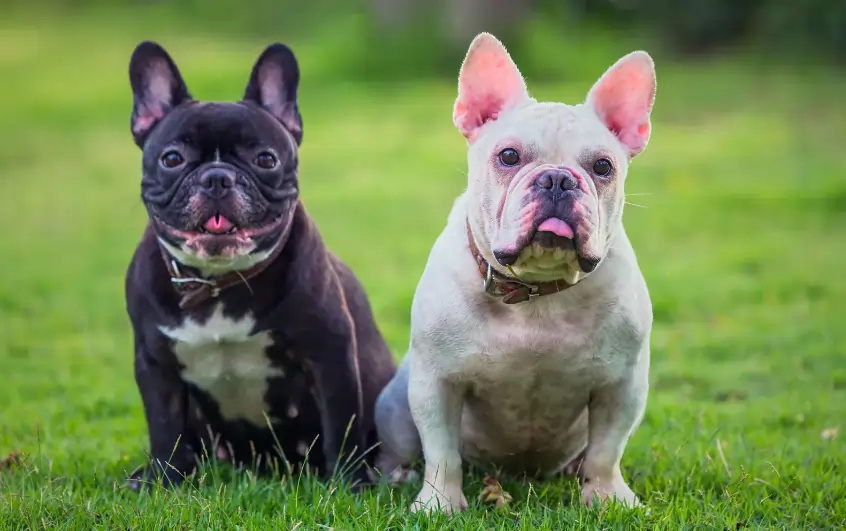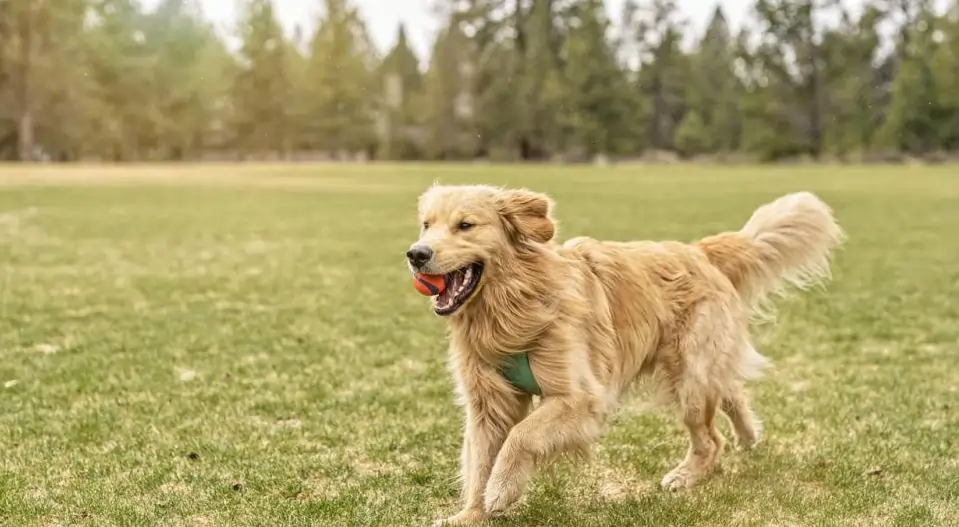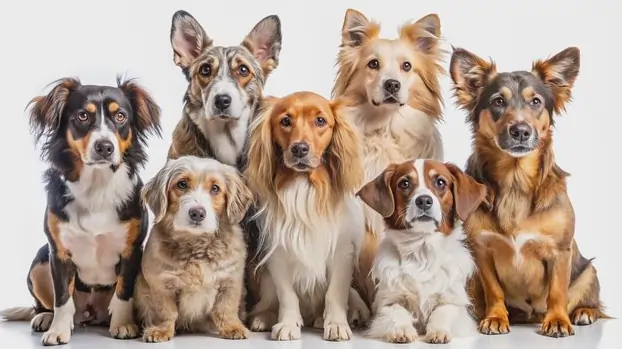Domestic dogs, scientifically known as Canis familiaris, have been loyal companions to humans for thousands of years, captivating our hearts with their diverse temperaments, appearances, and roles.
These beloved animals have evolved from wild wolves into indispensable members of our households and communities.
Understanding their evolutionary origins, the process of domestication, and the roles they fulfill today sheds light on why dogs hold such a special place in human society.

Evolutionary Origins of the Domestic Dog
The story of the domestic dog began over 15,000 years ago with their descent from wolves. Contrary to the common belief that modern dogs descended directly from the gray wolf (Canis lupus), research reveals that domestic dogs are descendants of a now-extinct wolf species from Eurasia.
While scientists continue to study the specifics of this evolutionary journey, DNA evidence points to the fact that dogs began their divergence from wild wolves anywhere between 15,000 and 30,000 years ago.
The domestication process is believed to have occurred gradually. Early wolves likely began interacting with humans by scavenging scraps near campsites.
Over time, these wolves adapted to human presence, forming a mutually beneficial relationship. They may have helped humans by alerting them to danger or assisting with hunting, and in return, humans may have provided food and protection.
This early cooperation eventually led to the domestication of wolves, resulting in the formation of a new species: the domestic dog.
This transformation from wild predator to trusted companion involved the gradual selection of wolves that were less aggressive and more sociable.
Wolves with these traits were more likely to thrive in human environments and pass on their genes, leading to the emergence of a domesticated species that coexisted and eventually thrived alongside humans.
The Development of Dog Breeds
The incredible diversity of dog breeds seen today is the result of centuries of selective breeding.
As human societies evolved, people began to breed dogs for specific purposes, selecting for traits that made them better suited for tasks such as herding, hunting, guarding, and companionship.
One of the earliest examples of selective breeding is the development of sled dogs around 9,500 years ago.
Ancient peoples bred dogs that were capable of surviving and working in cold climates, resulting in the creation of breeds like the Siberian Husky and the Alaskan Malamute.
They were specifically bred for their strength, endurance, and ability to work in harsh environments, and their physical characteristics have remained relatively unchanged over millennia.

Other breeds were developed for more specialized roles. For instance, the German Shepherd was bred for its ability to herd livestock, while the Labrador Retriever was designed to retrieve game for hunters.
The Dachshund, with its long, low-slung body, was bred to hunt burrowing animals like badgers.
Each breed was developed with a specific task in mind, and their physical and behavioral traits were carefully selected to ensure they excelled at those tasks.
In modern times, selective breeding has also been used to create dogs with specific traits to meet the evolving needs of society.
For example, the Labradoodle, a cross between a Labrador Retriever and a Poodle, was created in an attempt to develop a hypoallergenic guide dog.
This breed combines the intelligence and trainability of the Labrador with the hypoallergenic coat of the Poodle, making it an ideal companion for individuals with allergies.
Top Five Dog Breeds in Popularity
Today, dogs are an integral part of millions of households worldwide, and certain breeds have become especially popular due to their temperament, versatility, and compatibility with modern living.
The top five dog breeds in terms of popularity include:
1. Labrador Retriever

Labrador Retrievers have held the title of America’s most popular breed for decades, and for good reason. These loyal, friendly, and intelligent are known for their boundless energy and loving nature, making them ideal family pets.
Originally bred as working dogs for retrieving game, Labradors excel in a variety of roles, including as guide dogs, search-and-rescue dogs, and therapy animals. Their adaptability and trainability contribute to their widespread appeal.
2. French Bulldog

French Bulldogs are small, muscular with distinctive bat-like ears and a charming personality. These affectionate and adaptable dogs have skyrocketed in popularity due to their suitability for urban living and their friendly demeanor.
French Bulldogs require minimal exercise and are well-suited for apartment dwellers, making them a top choice for city inhabitants. Despite their small size, they are sturdy with a playful and sometimes comical nature.
3. Golden Retriever

Golden Retrievers are beloved for their friendly, tolerant, and gentle nature, making them perfect family companions.
Originally bred for hunting, Goldens are known for their intelligence, loyalty, and willingness to please, which makes them highly trainable.
Their love for people and other animals, combined with their patience with children, makes them one of the most popular breeds in the world.
In addition to being family pets, Golden Retrievers are also frequently used as therapy animal and in search-and-rescue operations.
4. German Shepherd

German Shepherds are renowned for their intelligence, versatility, and work ethic. As one of the most popular working breeds, German Shepherds excel in a variety of roles, including police work, military service, and search-and-rescue missions.
Their loyalty and protective instincts also make them excellent family companions, though they require regular mental and physical stimulation.
While often associated with law enforcement, German Shepherds are also known for their gentle and loving nature when properly trained and socialized.
5. Poodle

Poodles are highly intelligent and elegant dogs that come in three sizes: Standard, Miniature, and Toy. Known for their hypoallergenic coats and remarkable trainability, Poodles are popular among families and individuals with allergies.
Despite their reputation as “fancy”, Poodles were originally bred as water retrievers and are highly athletic.
Their intelligence and versatility make them excellent candidates for a range of roles, including in dog sports, as therapy dogs, and as family pets.
Modern Working Dogs
Despite the rise of technology and the decreasing reliance on traditional working dogs, canines continue to play vital roles in modern society.
One of the most remarkable abilities is their sense of smell, which is estimated to be 10,000 to 100,000 times more acute than that of humans.
This extraordinary olfactory ability makes them invaluable in fields such as law enforcement, military operations, search and rescue, and even medical detection.
In law enforcement, they are trained to sniff out drugs, explosives, and even electronic devices, helping police officers and customs officials in their duties.
Military dogs are deployed to detect hidden explosives and locate enemies in the field, providing crucial assistance to soldiers in dangerous situations.
Search-and-rescue dogs are trained to locate people who are lost in the wilderness or trapped after natural disasters, such as earthquakes or avalanches.
They also play a crucial role in conservation efforts, helping researchers locate endangered species by detecting their scent in the wild.
Additionally, they are trained to detect illegal wildlife trafficking, such as the smuggling of elephant ivory and other contraband, making them valuable assets in the fight against poaching and illegal trade.
In the medical field, they are trained to detect diseases such as Parkinson’s, diabetes, and cancer by recognizing subtle changes in their owner’s scent or behavior.
These “medical alert dogs” can provide life-saving assistance by alerting their owners to potential health issues before they become critical.
They are also serve as guide animals for people with disabilities, including those who are blind or deaf, and they provide emotional support for individuals with conditions such as autism or post-traumatic stress disorder (PTSD).
Living with Dogs: Behavior and Temperament
While dogs have been bred for specific roles throughout history, most domestic dogs today are kept as pets. Their temperaments vary widely, depending on their breed, upbringing, and individual personalities.
In fact, only about 5 percent of them in shelters are purebred, meaning that the majority of them are mixed breeds. Just as dogs differ in appearance, they also come in a wide spectrum of temperaments.
For example, a bulldog, despite its fierce appearance, might be as cuddly and affectionate as a kitten. On the other hand, a seemingly gentle Cocker Spaniel might unexpectedly nip at a person’s hand if startled or frightened.
This variability in temperament highlights the importance of understanding a dog’s behavior and respecting its boundaries.

Animal handling expert Jack Hanna emphasizes the importance of teaching children to approach dogs with caution.
He advises that children should always ask for permission before petting a dog and allow them to sniff their outstretched hand before attempting to interact with it.
Even the friendliest dog can become nervous or scared if it is approached too quickly or touched in a way that makes it feel vulnerable.
Despite the potential risks, when they are properly cared for and treated with respect, they can be incredibly loving, playful, and intelligent companions.
The bond between dogs and their owners runs deep, rooted in thousands of years of evolution and domestication.
Many of the behaviors that modern dogs exhibit—such as tail wagging, chasing sticks, or digging at the ground—are remnants of their wild ancestors’ instincts.
Understanding these behaviors helps the owners appreciate their pets’ complex nature and deep connection to their evolutionary past.
Popularity and Misunderstandings of Certain Breeds
Over the years, certain dog breeds have gained widespread popularity, while others have been misunderstood or unfairly stigmatized.
One breed that has often faced challenges is the American Pit Bull Terrier. They are frequently grouped with other “bully breeds” and are often referred to collectively as “Pit Bulls.”
Unfortunately, this broad categorization has led to misconceptions about the breed’s inherent danger, resulting in breed-specific legislation in some areas that restricts or bans their ownership.
Despite these challenges, Pit Bulls are known to be athletic, loyal, and loving animal that form deep.
Visit us at: chikaminute.com



